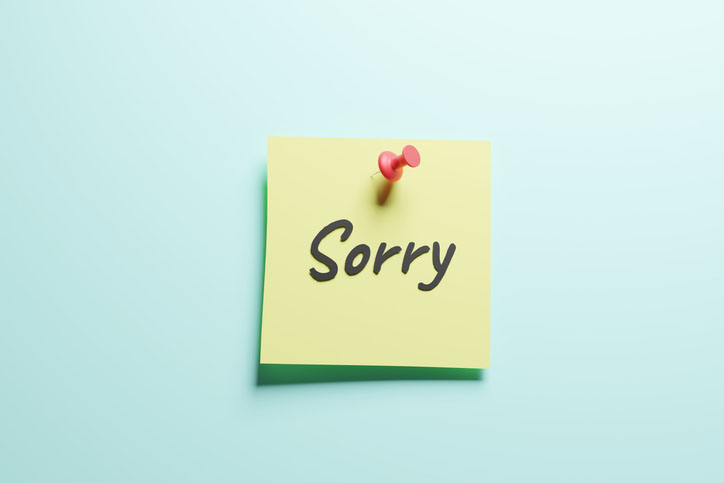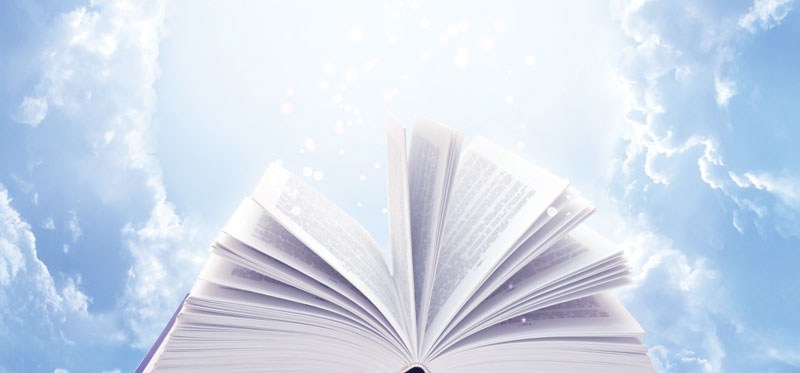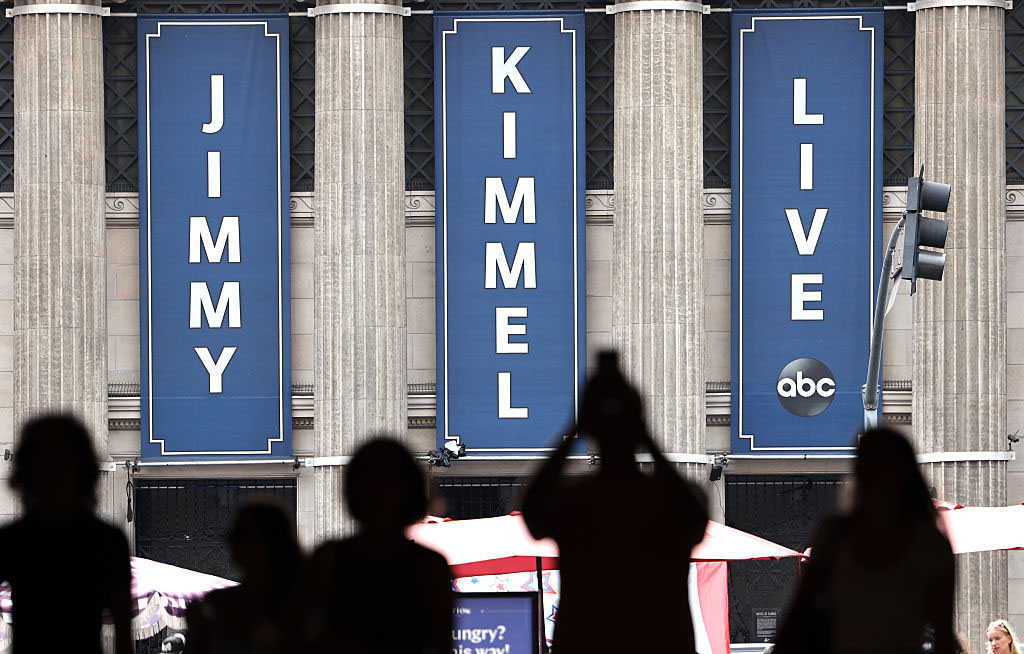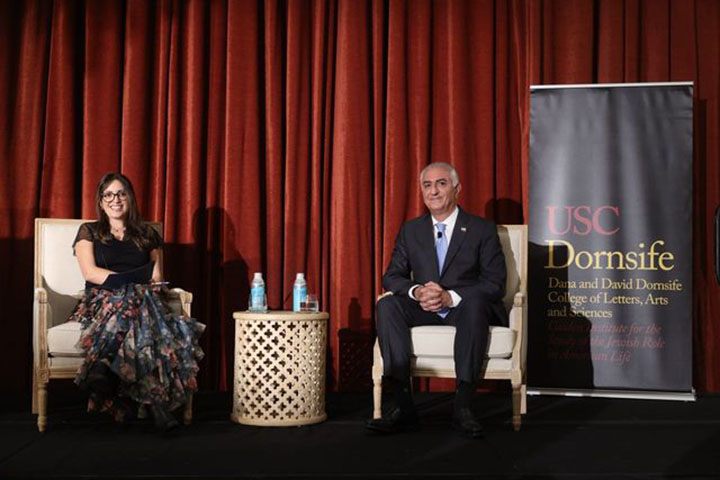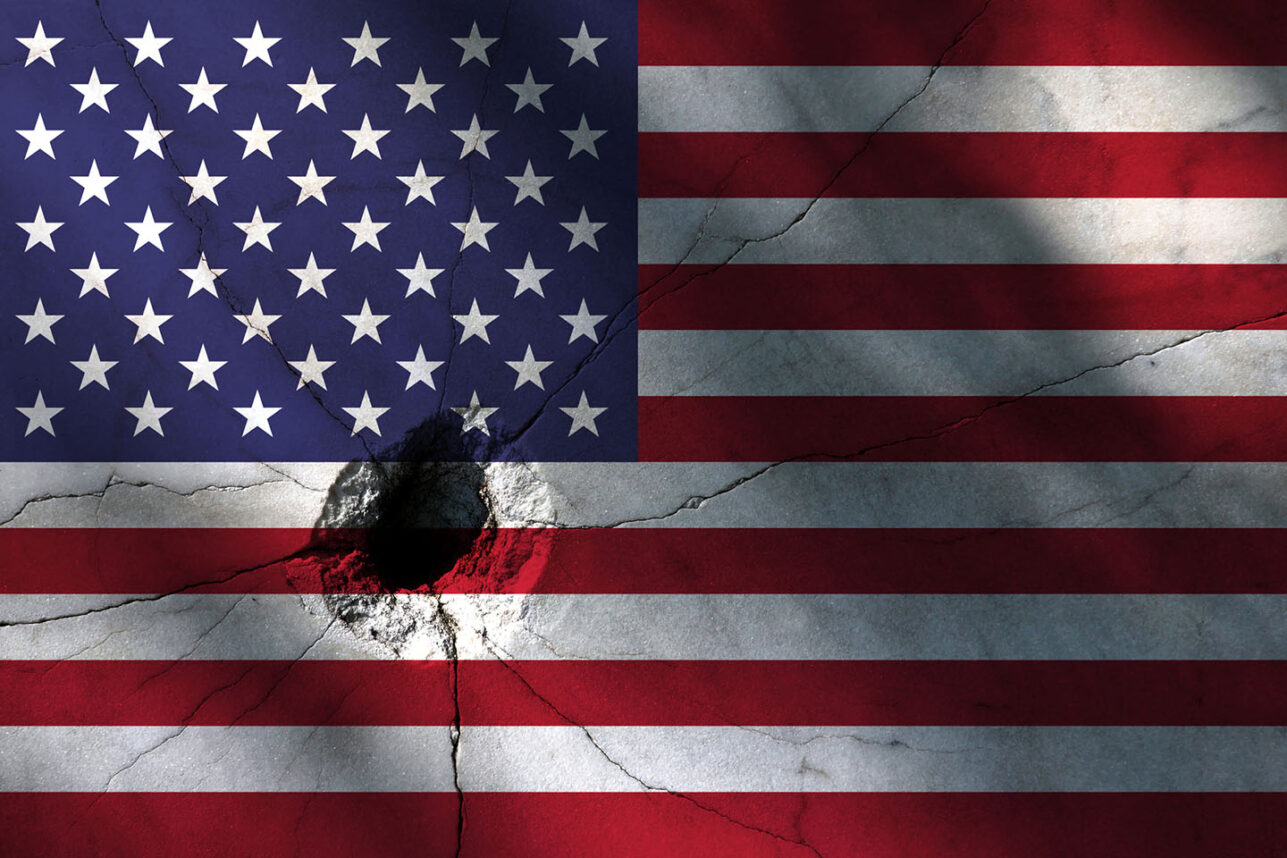
How 9/11 Changed the Concept of Safety for US Jews
The sea change that swept over American life in the wake of 9/11 also washed over American Jews and their gathering places.

The sea change that swept over American life in the wake of 9/11 also washed over American Jews and their gathering places.

This year, Yom Kippur, an ancient technology that leads us through an annual near-death experience, must be renewed.
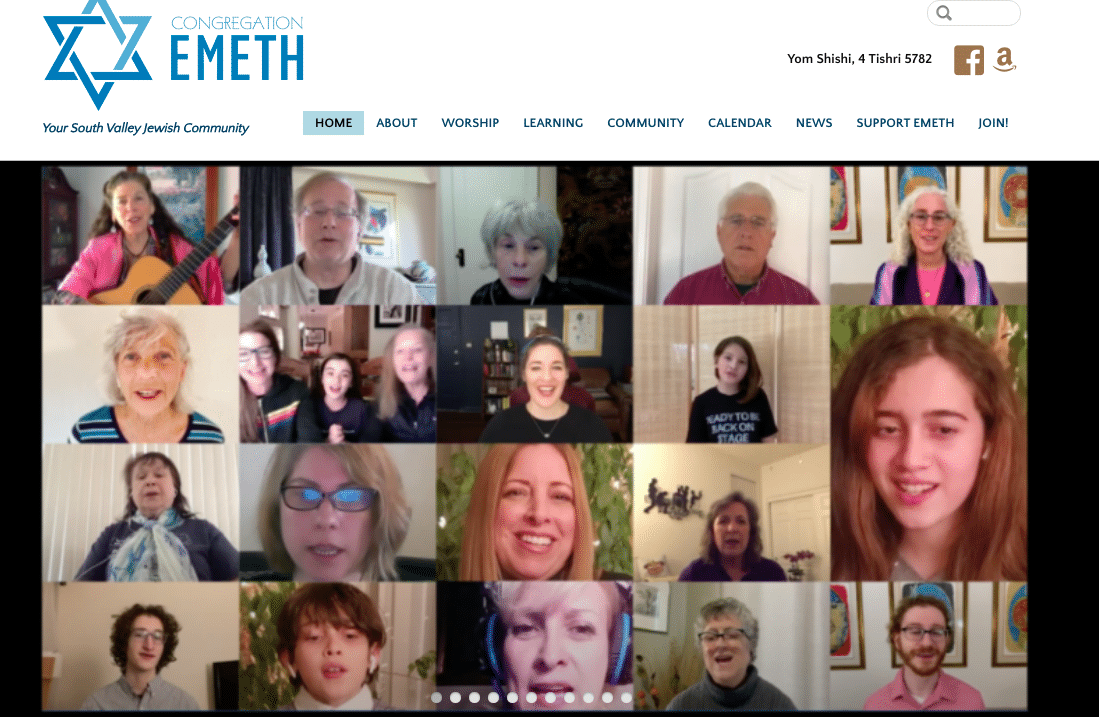
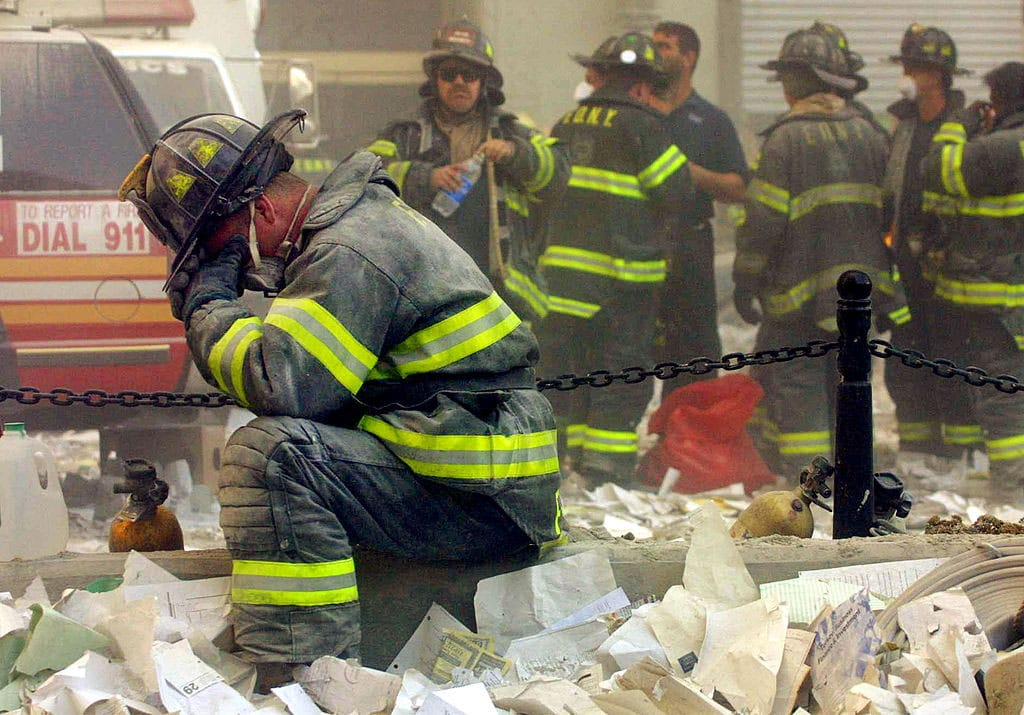
Real heroes are people of character, not characters on TV. Real heroes wear uniforms, not couture. Real heroes are too busy helping others to take the time to post selfies on Instagram.

Russell Shalev, an advocate at the ILF, wrote in the letter to the universities that the event, titled “Whose Narrative? 20 Years Since 9/11/2001,” is being co-sponsored by SFSU’s Arab and Muslim Ethnicities and Diaspora (AMED) Studies Department as well as by Rutgers’ Center for Security, Race and Rights.

This is the message of Deuteronomy: You will stray, but the path back will always be there for you. Moreover, straying and returning are both parts of your destiny.

The spark that ignited this literary dust-up is an essay in the September issue of Commentary by Rabbi Meir Soloveichik, supporting freedom of worship for Jews at Judaism’s holiest site, the Temple Mount plaza.
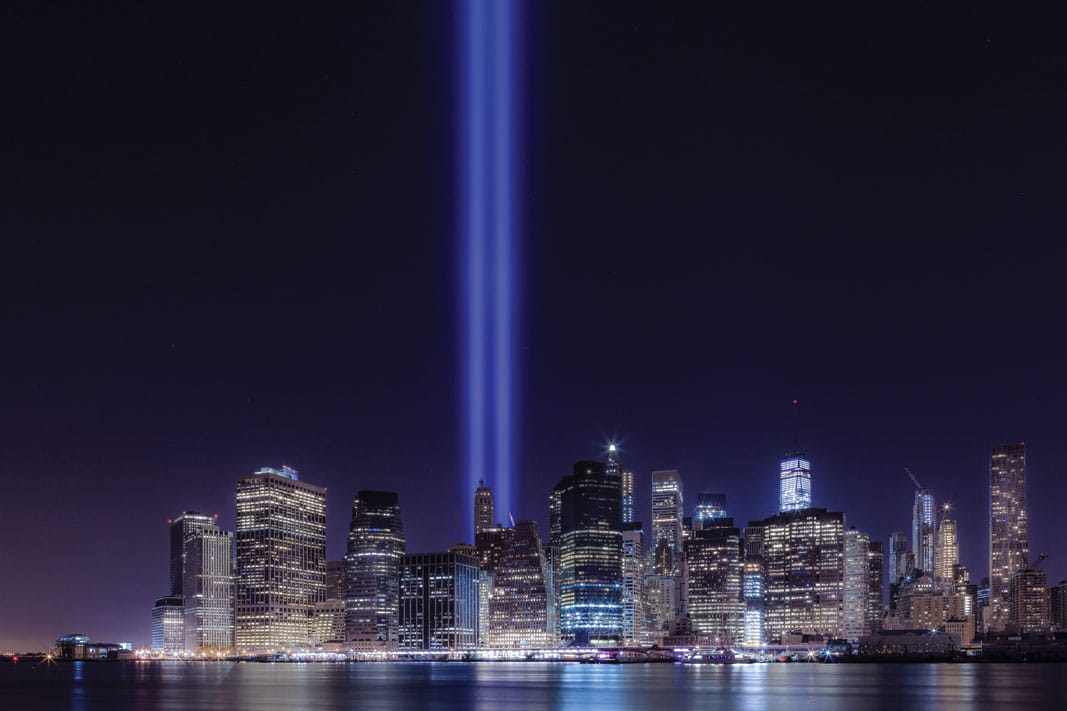
Twenty-four Angelenos perished on 9/11; the youngest was only three years old. In asking “Where Were You On 9/11?”, we also wanted to know how some processed the horrific events in New York through the timeline and possible trauma of their own lives.
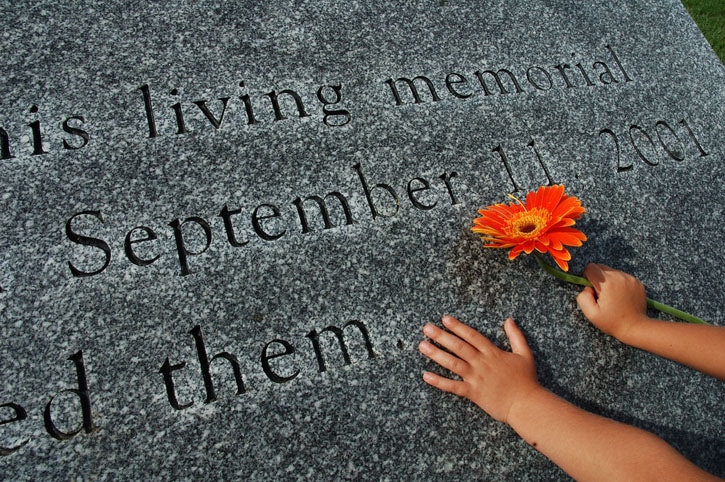
Some Americans who watched the horrific events of 9/11 on television felt anger. Others felt grief. My family and I felt both, but as refugees who escaped post-revolutionary Iran, we worried that the enemies we had left behind had come back for us.
